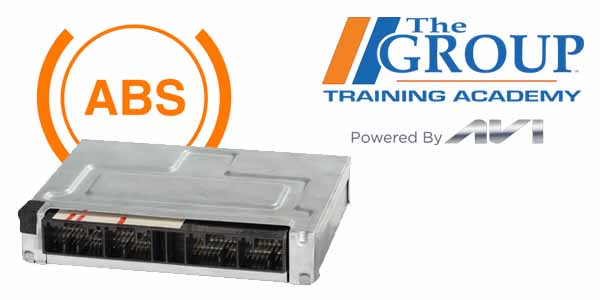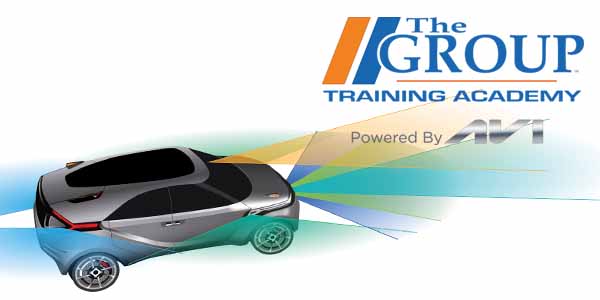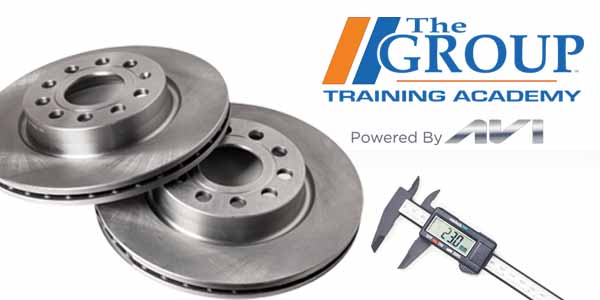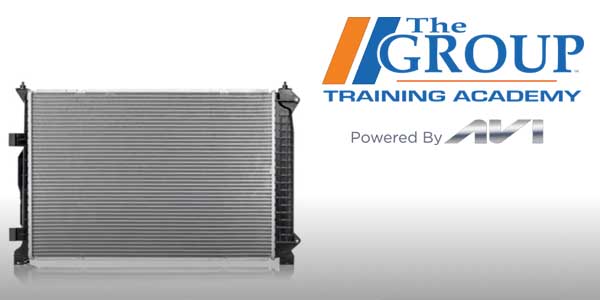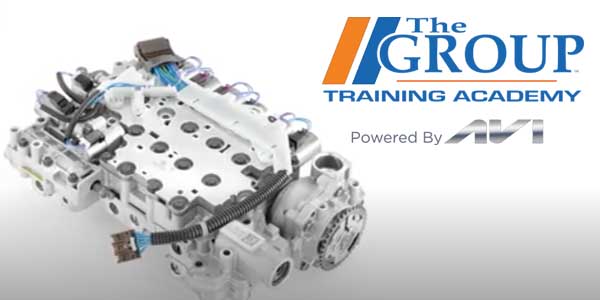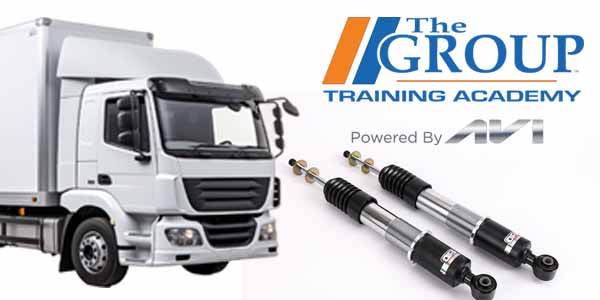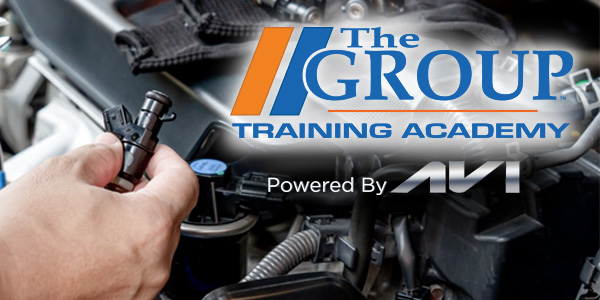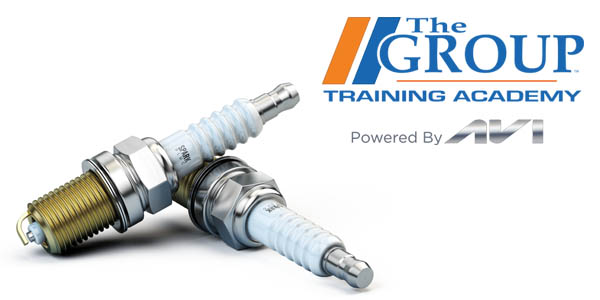When there’s breaking news to report, we don’t waste any time. So let’s delve right into the topic of this video. Brake rotors. There are two main types, vented and non vented rotors. Vented rotors, also known as ventilated rotors, have a series of veins or fins between the two surfaces of the rotor. These veins allow heat to dissipate more efficiently, keeping the rotor and the braking system cooler. On the other hand, non-vet rotors do not have these veins and are typically found in older or less performance oriented vehicles. Brake rotors are constructed from various materials, each with its own set of advantages and disadvantages. The most common materials used in brake rotors include cast iron, carbon composite, and ceramic cast. Iron rotors are the most widely used due to their affordability and durability. They’re suitable for everyday driving and offer good heat dissipation. Carbon composite rotors are significantly lighter than cast iron rotors and provide excellent heat dissipation.
They are commonly found in high performance and racing vehicles. However, carbon composite rotors come with a hefty price tag and require specific brake pads to ensure optimal performance. Ceramic rotors are the pinnacle of braking technology. They offer exceptional heat resistance, reduced weight, and improved braking performance. However, ceramic rotors are the most expensive option and are typically found in sports cars. The surface finish of a brake rotor plays a crucial role in its performance. It affects various aspects such as brake pad contact, heat dissipation, and noise reduction. There are two primary types of surface finishes, smooth and slotted. Smooth rotors, also known as plane rotors, have a flat and uninterrupted surface. They offer excellent initial bite and our deal for everyday driving. On the other hand, slotted rotors have shallow slots machined onto their surface. These slots provide several advantages, including improved bite, better heat dissipation, and the ability to expel water and debris.
This is particularly advantageous in high performance driving situations or when towing heavy loads. The slots also aid in heat dissipation, reducing the risk of brake fade, and extending the life of both the rotors and brake pads. Additionally, slotted rotors are highly effective at expelling water and debris when driving in wet conditions. The slots act as channels helping to maintain consistent contact between the brake pads and the rotors when recommending brake rotors. There are several factors to consider. These include your customer’s driving style, vehicle type, budget, and desired performance level. If your customer primarily engages in regular city driving with minimal aggressive braking, a set of vented rotors with a surface finish will suffice. However, if they own a high performance vehicle, they should consider upgrading to slotted rotors for improved performance and heat dissipation. It’s also essential to consider their budget while carbon composite or ceramic rotors offer superior performance. They come with a higher price tag. If your customer has a limited budget stick with high quality cast iron rotors, which provide excellent value for the money. Thanks for watching.
This video is sponsored by The Group Training Academy.

